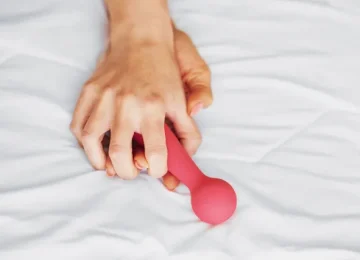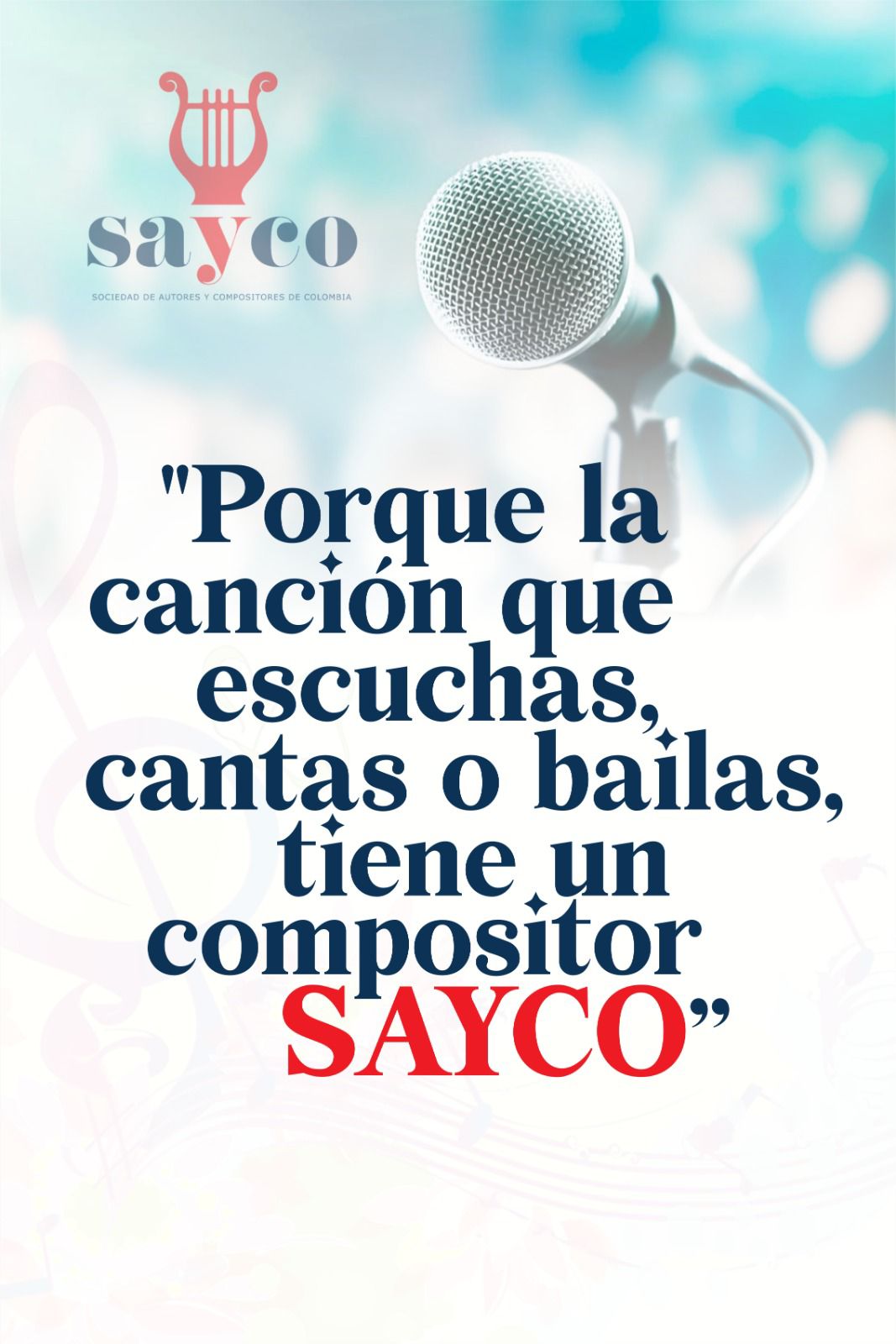This past Friday, March 8, was Women’s Day and in this #sinrecato space I want to pay a sincere tribute to all the women who are part of my life and with whom I have shared unforgettable moments.
I will start with the most important woman in my life, the one who gave me life, my mom, Elizabeth, who gave me my sister, a remastered version of her; they have the same name for a reason.
I will confess that my parents and my sister were convinced that I was going to be a boy. At that time, my mom didn’t even hope to get an ultrasound, because besides being very expensive, the images were not as 3D as the current ones.
They said it was a boy because my mother had a very big belly, that it was a boy because I kept moving, that it was a boy because she vomited hours before giving birth to me – sorry mommy, for giving you such a hard time during your pregnancy-.
And since that December 20th, I went against everyone and I was born a girl who had a nice room decorated with airplanes and balloons waiting for her. That did not change the plan at all; fortunately for me, the love I received from that moment on was overflowing.
We know that being born a woman in many cultures is synonymous with rejection, yet the changes throughout history have been drastic and permanent and not only have to do with physical appearance or behavior, but also with mindset.
Since prehistoric times, compared to other times, the activities that women exercised were the same as men did, they were allowed to hunt and cultivate. Just as it happens today, women were involved in the provision of the home.
At that time, it happened because of the extreme contact with nature where the main objective was survival and reproduction. Thousands of years ago, cavemen were not worried about who hunted more or fought with dinosaurs or women, the important thing was teamwork, as it should be.
But things changed, and in the Ancient Age, women lost their rights and it was the man who exercised authority over them: father, husband and even if she was widowed, she remained under the command of her son.
Historians confirm that at that time women belonged to three social classes: the noblewoman, the peasant and the nun.
And if the previous panorama was depressing, then the Middle Ages arrived, where nothing was halfway, everything was bad, starting with hunger, death, diseases and wars.
Women sought refuge in the Church to escape marriage and were considered a highly valued, diverse group; they were very cultured because they could read, write and spoke several languages.
In contrast, there were women who took refuge in sex, the prostitutes; although they were autonomous, because they were not under male authority, they belonged to the lowest and most repudiated class of society.
The eras of change
In the Modern Age, women’s physical beauty was exalted and marriage was an instrument of diplomacy to seal political alliances, resolve conflicts and secure peace.
Upper-class women devoted themselves to music and cooking, and attended reading and writing classes. However, they identified themselves as wives and mothers, which was their main profession.
In the 19th century, women were forbidden to vote and participate in politics; their main activity was the household, taking care of children, tidying the house and pampering their husbands.
Historians point out that at the time there were many rebels who loved their freedom and worked, and therefore, they were considered prostitutes because they were not submissive and self-sacrificing housewives.
Their opinions were not valid and they could not make their own decisions, because it was believed that they did not have the capacity to reason.
And then the 20th century came, where great changes took place for women, although in the first 10 years, they were still desperate housewives, obedient to their husbands, even needing his authorization to sign contracts, buy or sell property that was theirs by inheritance.
In 1950, women began to study in high school, then went on to university to pursue traditionally male careers, such as engineering. There was an increase in the female labor force.

In the 1960s and 1970s, the contraceptive pill liberated women’s sexuality and society, in general, perceived them as autonomous, independent and modern.
Today, women are still fighting for gender equality and there is still a long way to go. Fortunately, we have got to this point, thanks to the women of the past. Today, women have a voice and the ability to choose what they want to be; wife, mother, professional or all or none, it is not a social imposition or a label.
Today’s woman is a successful woman because she is satisfied with the life she has chosen. Success cannot be measured only with achievements, it is more a state that allows you to feel fulfilled, happy and confident that you are doing what you want.
I am proud to be a woman and, above all, proud of the couple of women who are my teachers, my daughters: Cata and Lu.
Traducción del español: Catalina Oviedo Brugés















